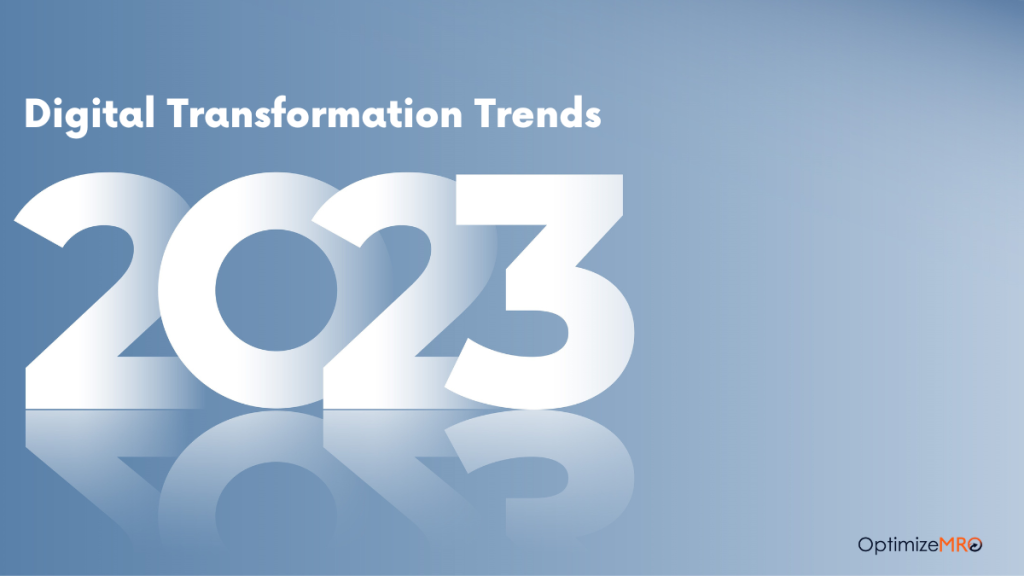
In the Digital Transformation ecosystem, the new year of 2023 will be full of new technology, complete uncertainty, and lots to learn. The current crisis is a result of inflationary pressures, supply chain challenges, and declining consumer confidence. In order to conserve cash, CFOs need to find ways to do so. And cutting coffee in the break room might not be enough!
Since digital transformation projects are expensive and risky, they are likely to be the most effective choice. Unless they can save money from these projects. By integrating digital technology into all areas of your business, digital transformation allows you to operate more effectively in a digital economy. By transforming to a digital environment, an organization can provide better customer service and earn customer loyalty in the process. In 2023, digital transformation trends will be characterized by the following trends. It is also important to know these trends because they will influence the support levels of your existing and new contracts.Conclusion
Using the “digital transformation hype” pitch to woo your CFOs in 2023 will not work. It will be their duty to ensure that every penny in the organization is conserved. Cost-focused transformation is likely to be the top digital transformation trends in this year. Several people may argue that the era of ERP and integrated applications is over. Instead, it’s the reverse. The integration of solutions is expected to increase in 2023. There is a possibility that large enterprise software vendors will consume several best-of-breed applications. Hence, defining what is an ERP might be tricky. It is difficult to say how 2023 will affect us, but reintegrated applications will likely increase ERP implementation success rates. OptimizeMRO takes this as a positive sign of encouragement. And hopefully, it is for you as well.
Talk to one of our Digital Transformation specialists today!
